Bladder stones in cats – Large Bladder Stones
Large Bladder Stones in Cats
[ad name=”Tweet”]
Large bladder stones in cats are far more common in female than male cats – male cats have a narrow urethra running through the penis that traps very small stones, whereas female cats have a much wider urethra, allowing smaller stones to pass out the body easily. If the stones don’t pass out then they increase in size slowly over months to years. By the time the bladder stone becomes a problem it can be quite large – anywhere from 1 cm in diameter and up to 8 cm in diameter. One bladder may contain a number of different stones, of different shapes and sizes or just a single stone.
WHY BLADDER STONES FORM
In cats, bladder stones often form secondary to a bladder infection. Bladder infections change the pH of the urine, which makes it easier for minerals in solution to precipitate out to start forming a stone. Infected urine also contains a lot more protein, which makes the urine almost ‘sticky’ and provides a matrix for mineral to cling to initially, which leads to the stone being formed. Once a molecule of mineral has clung to a molecule of protein, it attracts other molecules of mineral and the stone builds up slowly over time. The stone’s presence in the bladder also irritates the bladder wall, leading to chronic inflammation of the bladder wall and production of proteins, making the environment continually ‘sticky.’ These type of stones are most often struvite based.
Some cats develop bladder stones that are not related to infection and these stones are often oxalate based – a different type of mineral. Some cats have a tendency to form these stones.
Cats that eat certain diets that are high in minerals will tend to have a lot more mineral in their urine than normal. The presence of all that mineral tends to promote the formation of stones, purely from eating an incorrect diet.
SIGNS OF LARGE BLADDER STONES
- Recurring bladder infections. They seem to get better when treated with antibiotics and then simply recurr a few weeks later.
- Straining to pass urine – this can be most of the time or only intermittently
- Cat urinates frequently – and small pools of urine are passed, often bloody or cloudy in colour
- Cat may urinate in the bath, basin on the bed or in potplants
- Cats may vomit or look ‘a little down’ on and off.
Cats urinating in the tub, sink, bath or basin can indicate bladder trouble
DIAGNOSIS OF LARGE BLADDER STONES IN CATS
Large bladder stones in cats are best diagnosed by a veterinarian. Your vet may be able to fee the stone in the bladder, but this is not always the case and depends on the size of the stone, the thickness of the bladder wall, the amount of urine in the bladder and how still your cat stands.
Your vet should do an analysis of the urine of your cat and preferably analyse urine taken directly from the bladder with a needle, as this should be uncontaminated as opposed to taking urine off the table top, for example. Your vet will check the urine on a urine strip for blood, protein and pH most importantly. All cat’s urine will show up positive for white blood cells on a human urine strip, even healthy cats so that doesn’t mean anything.
Your vet will also spin the urine down and examine the solids or sediment in the urine for white bloods cells, red blood cells, bladder cells, crystals and casts. White blood cells indicate infection or inflammation of the bladder, red blood cells indicate active bleeding, casts are accumulations of protein often seen in kidney disease and crystals may be the precursors to stones forming. Bladder cells can indicate how healthy the bladder wall is. Very thickened bladder walls often slough sheets of bladder cells. Tumors in the bladder wall can also slough sheets of cells as well which can look similar.
To definitively diagnose a bladder stone your vet will then do an x ray or ultrasound scan of the bladder. Not all stones can be seen on x ray as this depends largely on which minerals make up the stone. On an ultrasound scan the actual stone is not seen but one can see the ‘shadow’ behind the stone as the ultrasound waves cannot pass through the stone.
TREATMENT OF BLADDER STONES IN CATS
Depending on the size of the bladder stone, your vet will either opt for surgery to remove it, or a special diet that will dissolve the stone in certain cases. Surgery is quick and usually uncomplicated as long as there are not kidney stones or stones lodged in the ureters (tubes connecting the kidneys to the bladder). Your pet will stay a few days in hospital to ensure there is no leakage of urine from the op site and also that the bladder gets used to working normally again, as, in some cases the stone is very large and has stretched the bladder wall for years. Stitches will be removed in 14 days from the skin and your pet will go home on a special diet such as the Hills c.d diet or the Eukuba struvite food.
Your vet has the option of sending the stone away for analysis – this is recommended and many places will do it free of charge, or if they are doing a study at the time, such as the University of Minnesota urolith center through one of the major food companies such as Hills. Once your vet has gotten the results back, he or she will recommend that you feed the correct diet to your cat – it’s usually a prescription diet that’s specifically formulated to dissolve small stones and prevent crystals bonding together to form new ones.
Once on the correct food, you cannot feed anything else to your pet, not even a small biscuit or scraps from our table or your run the risk of the diet failing and your pet getting more stones in the future.
If the stone or stones are small, your vet may opt to feed a special diet that helps to dissolve the stone or stones slowly over time, such as the Hills s.d diet. If, however, the stone doesn’t dissolve with the food, your pet may need the surgery. Urinary acidifiers for cats are no longer recommended as they can affect kidney function over years.
At home, you must try ensure that your cat drinks plenty of water – often wet foods are recommended over dry foods for bladder problems as the dilute urine flushes the bladder out better. Also make sure your cat’s litter tray is spotless and that you have 1 additional tray over and above the number of cats you own – if you own 3 cats, you need to have 4 trays.

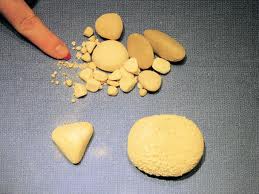
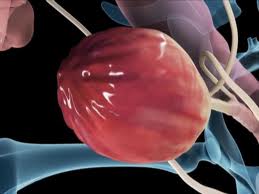
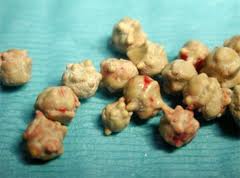
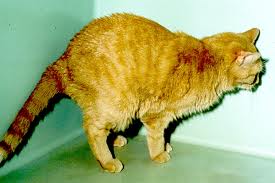
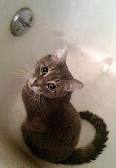
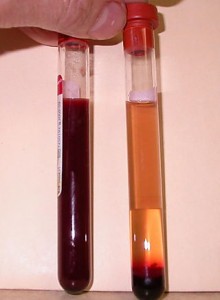
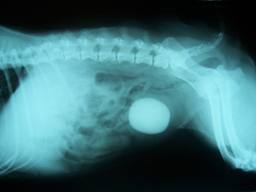


Leave a Reply
You must be logged in to post a comment.